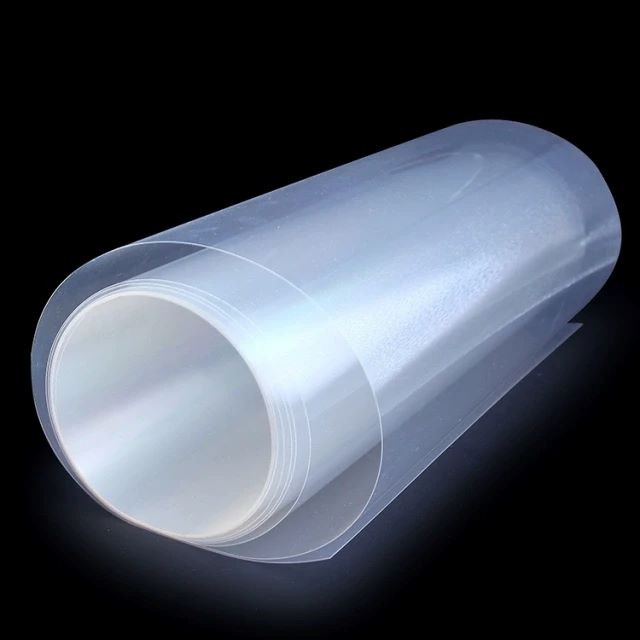
battery material
Proton Exchange Membrane for Batteries Lab Applications
Item Number : BC-20
Price varies based on specs and customizations
Shipping:
Contact us to get shipping details Enjoy On-time Dispatch Guarantee.
Why Choose Us
Reliable PartnerEasy ordering process, quality products, and dedicated support for your business success.
Introduce
The thin proton exchange membrane has excellent properties, including low resistivity, high proton conductivity, and minimal hydrogen permeation current density, ensuring a long service life. This type of membrane can be used in proton exchange membrane (PEM) fuel cells, direct methanol fuel cells (DMFC) and water electrolyzers. In electrochemical cells, its key roles include separating the negative and positive compartments while acting as a solid electrolyte. In addition, it selectively transports cations to the cell junction. It is worth noting that there are several non-reinforced Nafion membranes available such as N117, N115, NR212 and NR211, each with different thickness dimensions. Selection of an appropriate membrane thickness depends on specific factors including desired transmembrane pressure drop, atmosphere relative to oxygen generation, type of membrane support, and expected operational lifetime. Proper consideration of these factors will lead to the best choice for a successful application.
Detail & Parts
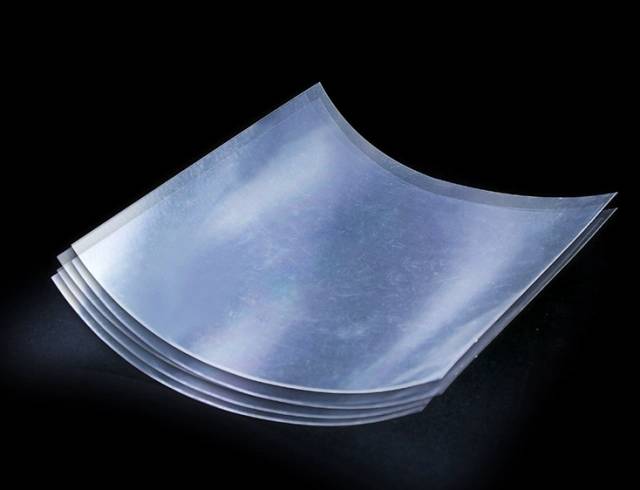
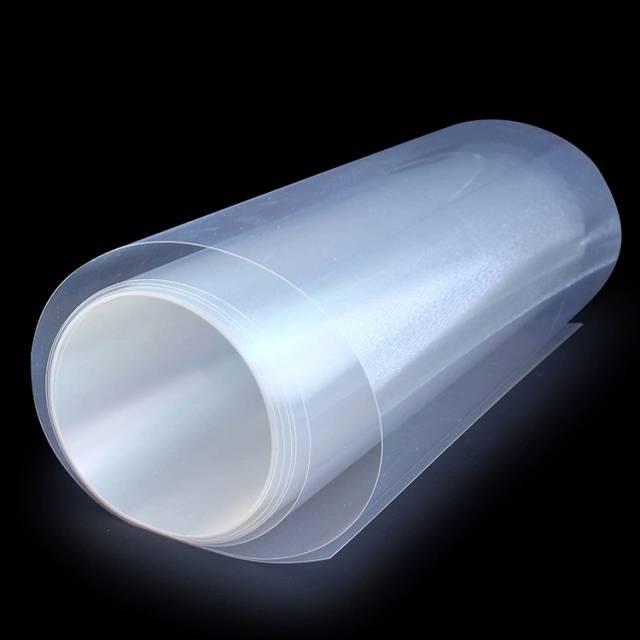
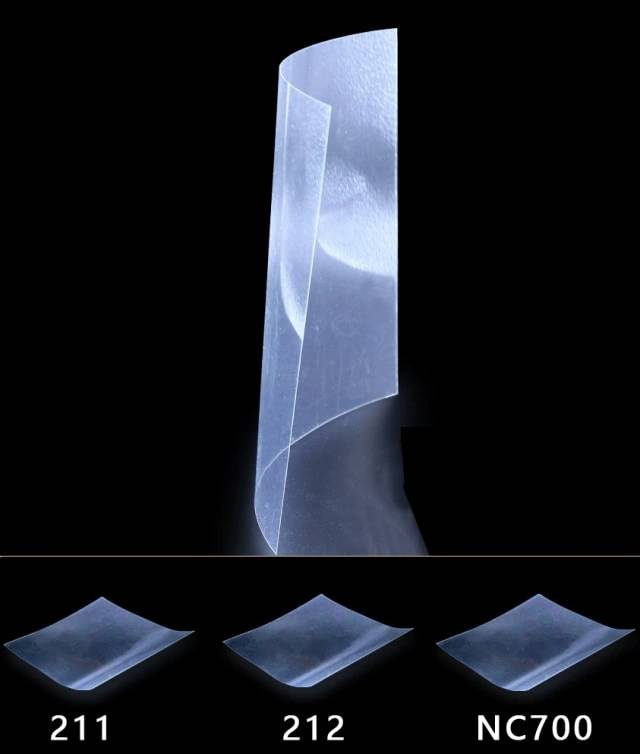
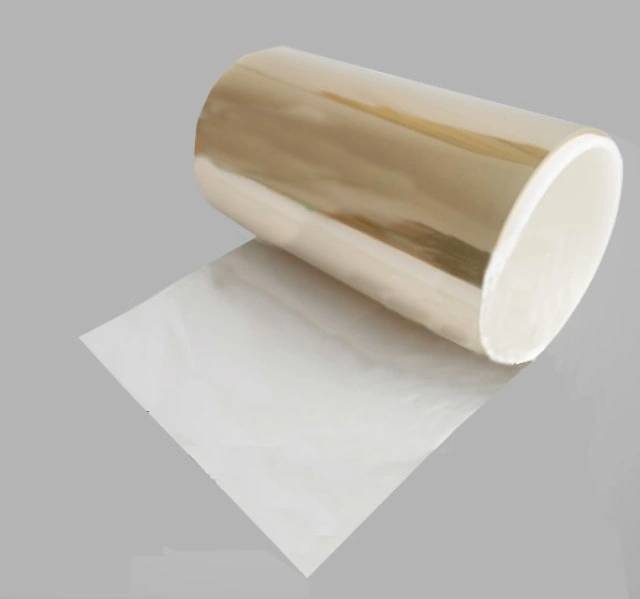


1.coversheet;2.Membrane;3.Backing Film;
Models above N211, N212, and NC700 have two layers of protective film.
Pretreatment can be carried out before use. The specific method is: first treat 5% hydrogen peroxide at 80°C for 1 hour, then soak in deionized water for half an hour, and then cook with 5% dilute sulfuric acid (mass ratio) at 80°C for 1 hour , and finally soak in deionized water for half an hour.
Technical specifications
| model | N-117 or N117 |
NafionN115
|
NR211 |
NRE-212
|
| thickness: | 183um |
127Micron
|
25.4Micron
|
50.8Micron
|
| Weight: | / | 250g/m2 |
50g/m2
|
100g/m2
|
| Specification: | 10*10cm |
40*40CM
|
61cm*L
|
/ |
| Conductivity: | 0.083S/cm | 0.083S/cm | 0.083S/cm |
0.083S/cm
|
| Exchange capacity: | 0.89meq/g |
0.89meq/g
|
0.95-1.01
|
0.95-1.01 meq/g
|
The width is 30.5cm, and can be cut into 10*10cm, 20*10cm, 20*20cm, 40*40cm, 30.5* and other sizes for sale according to customer requirements.
The products we show are available in different sizes and custom sizes are available on request.
Advantages
- Good proton conductivity;
- The electroosmotic effect of water molecules in the membrane is small;
- Gas permeability in the membrane is as small as possible;
- Good electrochemical stability;
- Good dry-wet conversion performance;
- Has a certain mechanical strength;
- Good machinability and reasonable price.
4.8
out of
5
Fast delivery, an excellent product for the price.
4.7
out of
5
The carbon paper is of great quality. I am very satisfied.
4.9
out of
5
Excellent product! It's exactly what I needed for my project.
4.6
out of
5
Great quality, fast shipping, and excellent customer service.
4.8
out of
5
I'm very happy with this product. It's durable and works perfectly.
4.7
out of
5
The carbon paper is of great quality. I would definitely recommend it.
4.9
out of
5
I'm very satisfied with this product. It's a great value for the money.
4.6
out of
5
Great quality, fast shipping, and excellent customer service.
4.8
out of
5
I'm very happy with this product. It's durable and works perfectly.
4.7
out of
5
The carbon paper is of great quality. I would definitely recommend it.
4.9
out of
5
I'm very satisfied with this product. It's a great value for the money.
4.6
out of
5
Great quality, fast shipping, and excellent customer service.
4.8
out of
5
I'm very happy with this product. It's durable and works perfectly.
4.7
out of
5
The carbon paper is of great quality. I would definitely recommend it.
REQUEST A QUOTE
Our professional team will reply to you within one business day. Please feel free to contact us!
Related Products
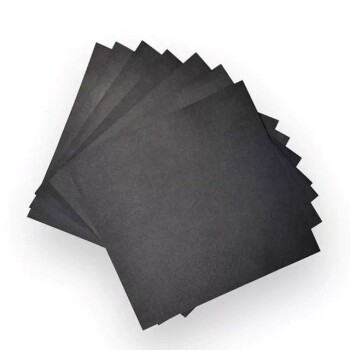
Hydrophilic Carbon Paper TGPH060 for Battery Lab Applications
Toray carbon paper is a porous C/C composite material product (composite material of carbon fiber and carbon) that has undergone high-temperature heat treatment.

Battery Lab Equipment Battery Capacity and Comprehensive Tester
The scope of application of the battery comprehensive tester can be tested: 18650 and other cylindrical, square lithium batteries, polymer batteries, nickel-cadmium batteries, nickel-metal hydride batteries, lead-acid batteries, etc.

Professional Cutting Tools for Carbon Paper Cloth Diaphragm Copper Aluminum Foil and More
Professional tools for cutting lithium sheets, carbon paper, carbon cloth, separators, copper foil, aluminum foil, etc., with round and square shapes and different sizes of blades.
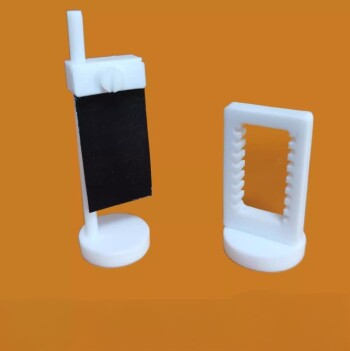
Acid and alkali resistant polytetrafluoroethylene experimental fixtures meet different requirements. The material is made of brand new polytetrafluoroethylene material, which has excellent chemical stability, corrosion resistance, airtightness, high lubricity and non-stickiness, electrical corrosion and good anti-aging ability, and can work for a long time at temperatures from -180℃ to +250℃.
Related Articles

Benefits of Electrochemical Cells for Energy Storage
Electrochemical cells are devices that convert chemical energy into electrical energy through the use of oxidation-reduction reactions. They are widely used in various applications such as energy storage, fuel cells, and batteries.

The Importance of Activated Carbon Regeneration in Water Treatment
In water treatment, activated carbon is often used as a means of removing unwanted contaminants, such as chlorine, chloramines, and organic matter, from drinking water and wastewater.

Innovations in Electrochemical Electrodes Technology
Recent advancements in nanotechnology and materials science have led to significant improvements in electrochemical devices, making them more efficient, durable, and cost-effective.

The Future of Electrochemical Electrodes
The latest trends and developments in electrode materials and their implications for the future of electrochemistry.

Understanding Flat Corrosion Electrolytic Cells: Applications, Mechanisms, and Prevention Techniques
Explore the detailed workings of flat corrosion electrolytic cells, their role in industrial processes, and effective strategies to mitigate corrosion. Learn about electrolytic cells, their components, and applications in electroplating and metal purification.

Introduction to Rotating Disc Electrodes and Common Electrochemical Applications
An overview of rotating disc electrodes and their applications in various electrochemical studies, including catalyst evaluation, battery research, and corrosion protection.

What is Isostatic Pressing Machine
Isostatic molding is a molding method that uses the incompressibility of a liquid medium and the uniform transfer of pressure. It is suitable for powder dense parts with equal pressure in all directions. The principle is to fill the mold with a liquid medium, such as water, and then subject the mold to uniform pressure. The pressure is applied by a piston or a flexible membrane.

The Silent Interface: Mastery Over Electrode Decay
Electrode failure is rarely sudden; it is the compound interest of neglect. Learn the disciplined maintenance protocols that preserve accuracy and longevity.

The Geometry of Cleanliness: Why Surface Integrity Defines Electrochemical Success
Master the art of electrolytic cell maintenance. Discover how a tiered cleaning protocol prevents contamination and ensures experimental reproducibility.